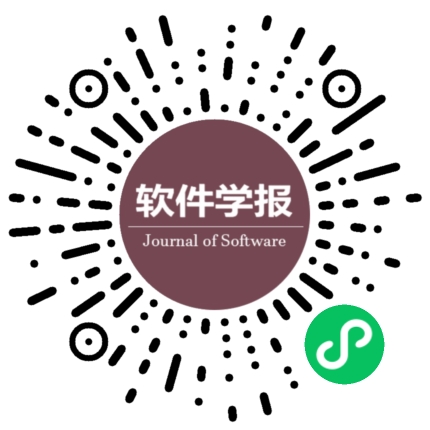大规模图神经网络系统综述
作者:
作者单位:
作者简介:
赵港(1997-),女,硕士,主要研究领域为分布式系统.
王千阁(1994-),男,博士生,主要研究领域为分布式图计算.
姚烽(1995-),男,博士生,主要研究领域为分布式图计算.
张岩峰(1982-),男,博士,教授,博士生导师,CCF高级会员,主要研究领域为大数据处理和分布式系统.
于戈 (1962-),男,博士,教授,博士生导师,CCF会士,主要研究领域为数据库和分布式系统.
通讯作者:
张岩峰,zhangyf@mail.neu.edu.cn
中图分类号:
基金项目:
国家重点研发计划 (2018YFB1003400); 国家自然科学基金(61672141, 62072082); 中央高校基本科研业务费(N181605017, N181604016)
Survey on Large-scale Graph Neural Network Systems
Author:
Affiliation:
Fund Project:
引用本文
赵港,王千阁,姚烽,张岩峰,于戈.大规模图神经网络系统综述.软件学报,2022,33(1):150-170
复制相关视频
分享
文章指标
- 点击次数:
- 下载次数:
- HTML阅读次数:
历史
- 收稿日期:2020-10-13
- 最后修改日期:2020-12-21
- 录用日期:
- 在线发布日期: 2021-02-07
- 出版日期: 2022-01-06
文章二维码

您是第位访问者
版权所有:中国科学院软件研究所 京ICP备05046678号-3
地址:北京市海淀区中关村南四街4号,邮政编码:100190
电话:010-62562563 传真:010-62562533 Email:jos@iscas.ac.cn
技术支持:北京勤云科技发展有限公司
版权所有:中国科学院软件研究所 京ICP备05046678号-3
地址:北京市海淀区中关村南四街4号,邮政编码:100190
电话:010-62562563 传真:010-62562533 Email:jos@iscas.ac.cn
技术支持:北京勤云科技发展有限公司



